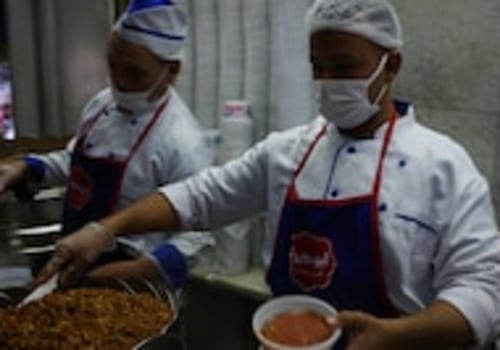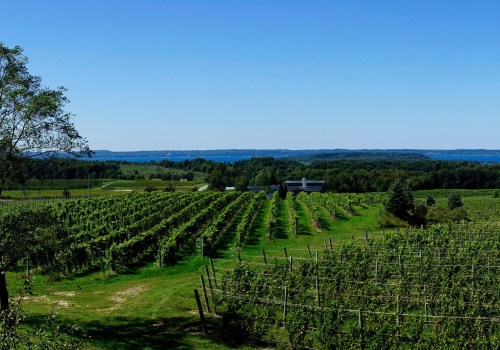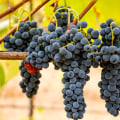If you're sensitive to sulfites found in foods like potato chips, cold cuts, cheese, and canned soups, you may want to consider trying sulfite-free wines. But how much sulfites are typically found in finished bottles of wine from northwestern Louisiana?Sulfur compounds, also known as thiols, are present in wine and can vary in flavor from citrusy to eggy. Although sulfur compounds have nothing to do with sulfites, some sensitive tasters have been known to smell sulfur compounds in wine. Sulfur has been used in winemaking since the early 20th century to prevent the growth of bacteria and other yeasts. Generally speaking, white wines tend to contain more sulfites than red wines.
The amount of sulfites can also vary depending on the region where the grapes were grown and the winemaking techniques used. In northwestern Louisiana, most wineries use traditional winemaking techniques that involve minimal use of sulfur. As a result, wines from this region tend to contain lower levels of sulfites than wines from other regions. However, it is important to note that some wineries may add additional sulfur during the winemaking process. When purchasing a bottle of wine from northwestern Louisiana, it is important to check the label for information about sulfites.
Most labels will indicate whether or not the wine contains added sulfites. If you are looking for a wine with no added sulfites, you may want to look for a label that states “no added sulfites” or “no added sulfur”.It is also important to note that some wines may contain naturally occurring sulfites. These are produced during the fermentation process and cannot be removed from the wine. While these levels are typically low, they can still cause adverse reactions in some people. In conclusion, if you're looking for a wine with no added sulfites, it is important to check the label before purchasing a bottle of wine from northwestern Louisiana.
Wines from this region tend to contain lower levels of sulfites than wines from other regions due to traditional winemaking techniques that involve minimal use of sulfur.










